How to Write Short: Word Craft for Fast Times
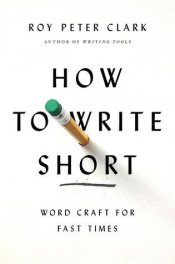
Journalist and educator Roy Peter Clark offers examples from the tradition of short-form writing to help writers produce well-crafted prose with a limited word count.
Jump to navigation Skip to content
From the newly published to the invaluable classic, our list of essential books for creative writers.

Journalist and educator Roy Peter Clark offers examples from the tradition of short-form writing to help writers produce well-crafted prose with a limited word count.

Through personal stories, award-winning author Maxine Clair offers insight into the creative process, how to find your creative outlet, and how to trust moments of inspiration.
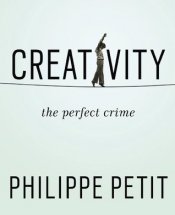
Author and high-wire artist Philippe Petit, best known for his walk between the Twin Towers of the World Trade Center in New York City in 1974, shares his unconventional strategies and methods of practicing, problem-solving, and perfecting his craft. The ideas offered can be applied to various creative outlets including writing, music, and dance.
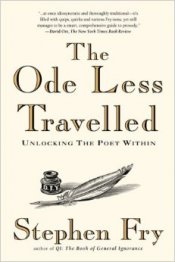
Actor and writer Stephen Fry invites reluctant and aspiring poets to discover writing poetry for pleasure and provides insights, exercises, and simple step-by-step advice.
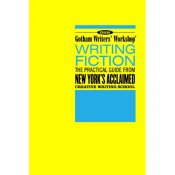
Techniques taught by the renowned Gotham Writers' Workshop were compiled by the school's president, Alexander Steele. Included are explanations of the fundamental elements of fiction, writing exercises, and the complete text of Raymond Carver's short story Cathedral.
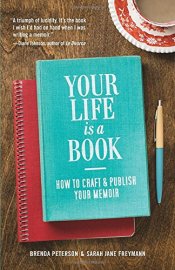
Memoirist Brenda Peterson and literary agent Sarah Jane Freymann offer advice on crafting a memoir culled from decades of experience. Also included are writing exercises, interviews with publishing experts, and information about indie publishing.
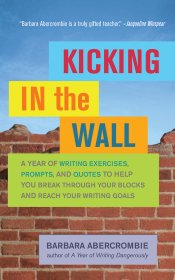
Author and writing instructor Barbara Abercrombie provides a year’s worth of writing exercises and prompts, as well as inspiring quotes and examples, to help writers break through the blocks that impede their writing progress.
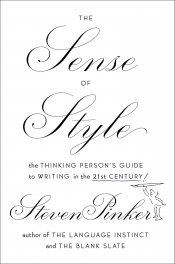
As a professor of psychology at Harvard University, Steven Pinker approaches the English language from a scientific perspective. In The Sense of Style he provides examples, evidence, and reasoning to help writers apply the guidelines of usage judiciously and to craft clear, concise prose.
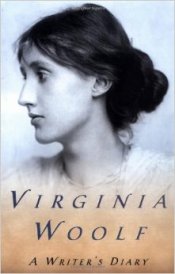
A Writer's Diary contains entries culled from Virginia Woolf's personal records, which she kept over a span of twenty-seven years. Included are writing exercises, notes on books she was reading, and accounts of people and scenes relevant to what she was writing at the time.
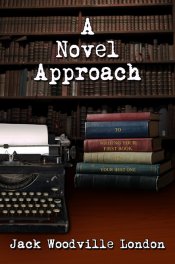
In A Novel Approach, Jack Woodville London offers advice to beginning and experienced writers on putting together the pieces that make up a well-crafted novel.
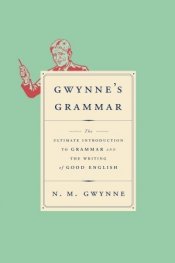
N. M. Gwynne's guide to writing is built around William Strunk's original 1918 essay on grammar, which E. B. White later expanded. Using an old-school approach, Gwynne instructs readers on how to put words together correctly.
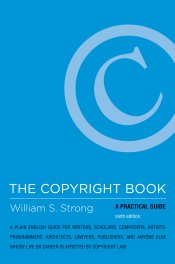
Written for nonlawyers, The Copyright Book offers essential information for authors (and creative people in every medium) on the fundamentals of copyright law. The sixth edition has been updated to cover issues that have arisen in the Internet age, including e-reserves, the status of "orphan works," and the Digital Millennium Copyright Act.
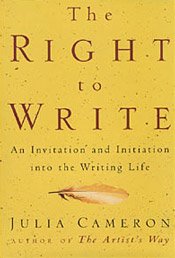
In The Right to Write, journalist and author Julia Cameron discusses the importance of “creative unblocking.” The book offers advice on how to make writing a joyful and cathartic process, as well as examples from her life as a writer.
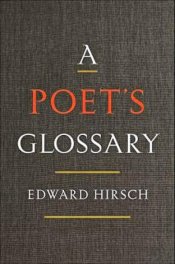
Award-winning poet Edward Hirsch’s A Poet’s Glossary examines the poetic traditions of the world while providing definitions for important poetic vocabulary, including forms, devices, movements, and rhetorical terms.
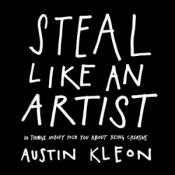
Sparked by a speech he gave to a group of college students in upstate New York, writer and illustrator Austin Kleon shares the ten things he wishes some told him when he was young through illustrations, exercises, and examples.
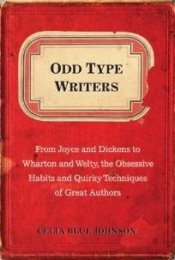
In Odd Type Writers, Celia Blue Johnson explores the quirky writing habits of authors such as Truman Capote, Ernest Hemingway, and Virginia Woolf—who liked to use purple ink and, in her twenties, preferred to write while standing up.
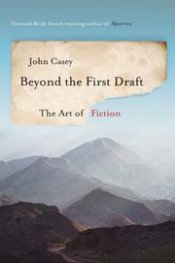
Award-winning novelist John Casey's Beyond the First Draft is a collection of essays that address various topics of concern to fiction writers, including comedy, point of view, structure, and scene-setting. For example, in "Dogma and Anti-Dogma," Casey examines the advice of authors—like J. D. Salinger's "Write for yourself"—and offers ways to interpret their recommendations.
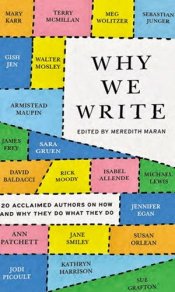
Why We Write is a collection of tips, tricks, and secrets from twenty acclaimed American authors on how to lead a successful writing life. The book was compiled and edited by Meredith Maran, and includes contributions from authors such as Ann Patchett, Jodi Picoult, and Jennifer Egan.
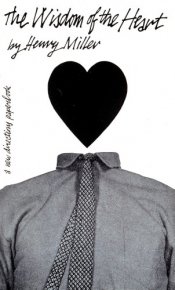
"The aim of life is to live, and to live means to be aware joyously, drunkenly, serenely, divinely aware. In this state of god-like awareness one sings; in this realm the world exists as a poem." A collection of stories and essays by Henry Miller, The Wisdom of the Heart offers musings on philosophy and writing.
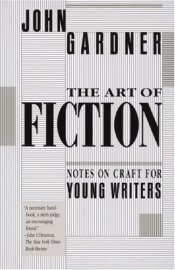
The Art of Fiction is a practical, instructive handbook based on novelist John Gardner's seminars on the principles and techniques of good writing. Gardner employs detailed examples from classic works of literature and covers a range of topics—from the nature of aesthetics to the shape of a refined sentence.
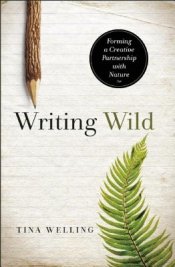
In Writing Wild, Tina Welling details a three-step "Spirit Walk" process for inviting nature to enliven and inspire our creativity. Welling suggests we form a creative parntnership with nature, because "everything we know about creating we know intuitively from the natural world."
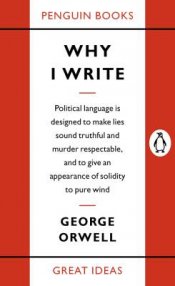
This compilation of essays by George Orwell features the titular essay "Why I Write," originally published in the Summer 1946 edition of Gangrel, which offers a mini-autobiography detailing how he became a full-fledged writer. Orwell then goes on to highlight the "four great motives for writing," which he claims exist in every writer. Two other essays by Orwell are also included in the volume, "The Lion and the Unicorn" and "Politics and the English Language," as well as the short story "A Hanging."
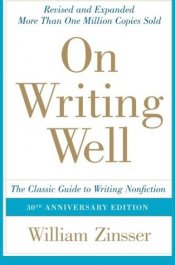
First published in 1976, On Writing Well: The Classic Guide to Writing Nonfiction offers readers fundamental principles on writing across all subjects, as well as insights on craft, style, and process from distinguished writer and teacher William Zinsser.
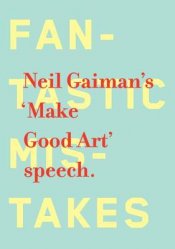
Bestselling author Neil Gaiman's graduation speech to Philidelphia's University of the Arts class of 2012 encourages young artists, writers, musicians, and dreamers to "make good art." The book is designed by graphic artist Chip Kidd and contains the full text of Gaiman's famous speech.
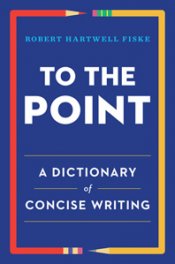
In To The Point: A Dictionary of Concise Writing, Robert Hartwell Fiske suggests how to identify and correct wordiness, and provides alternative expressions with real-world examples to help keep your writing clear and convincing.